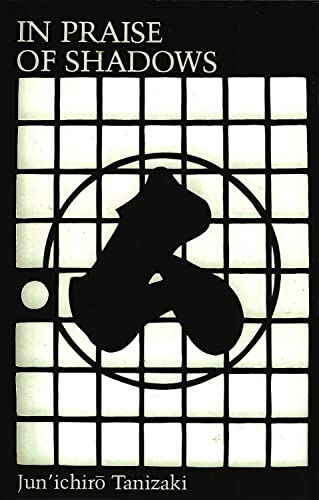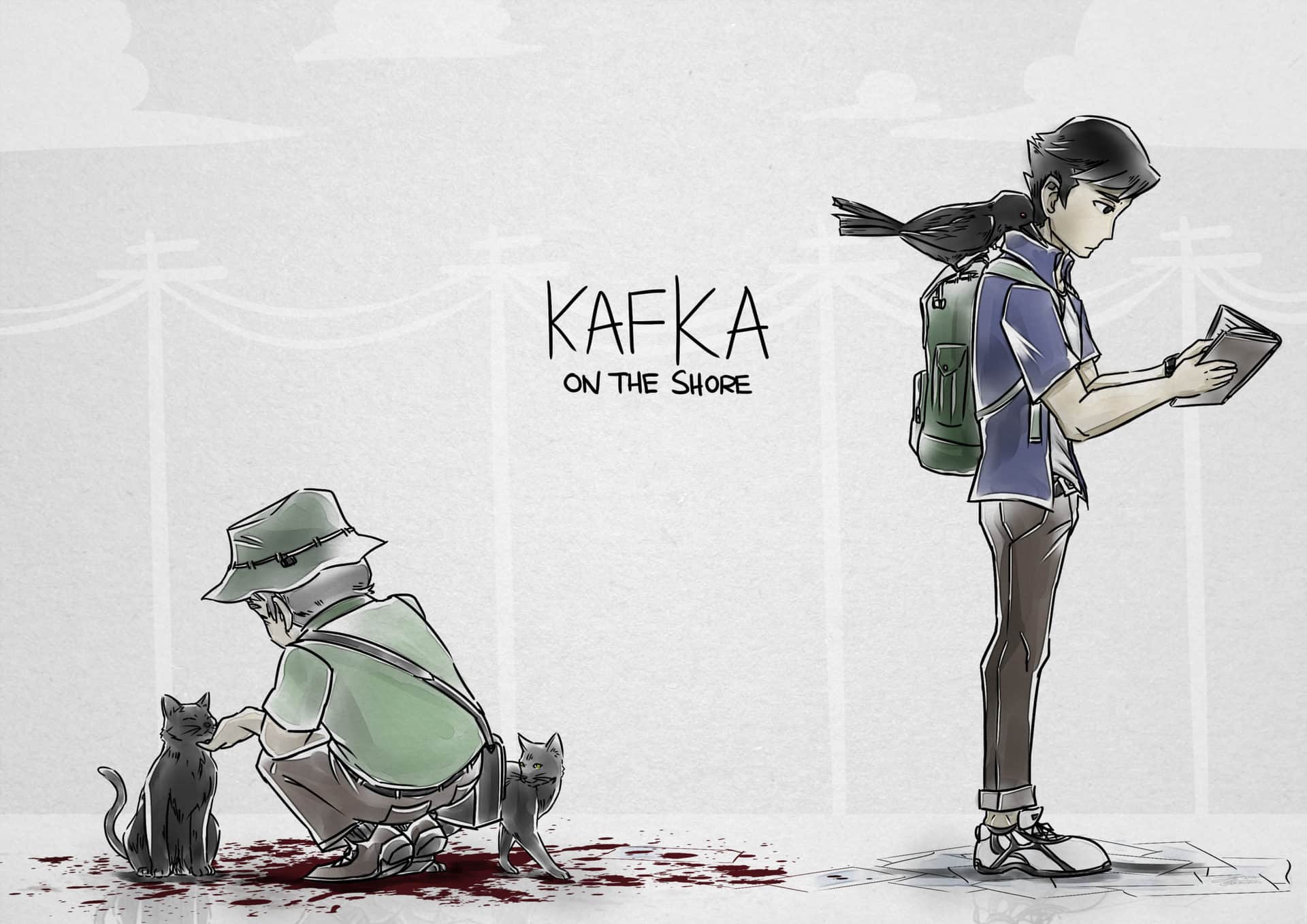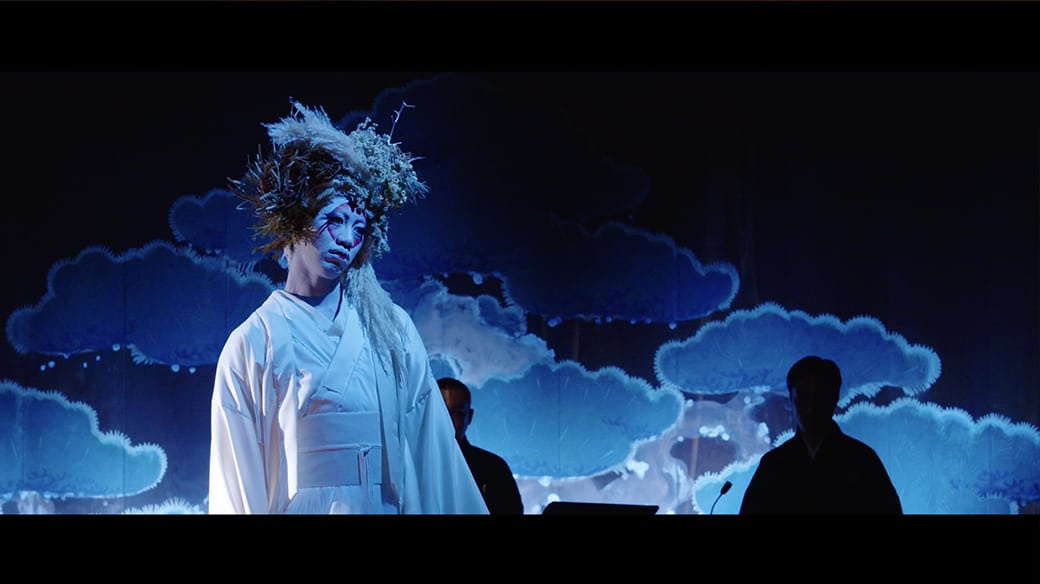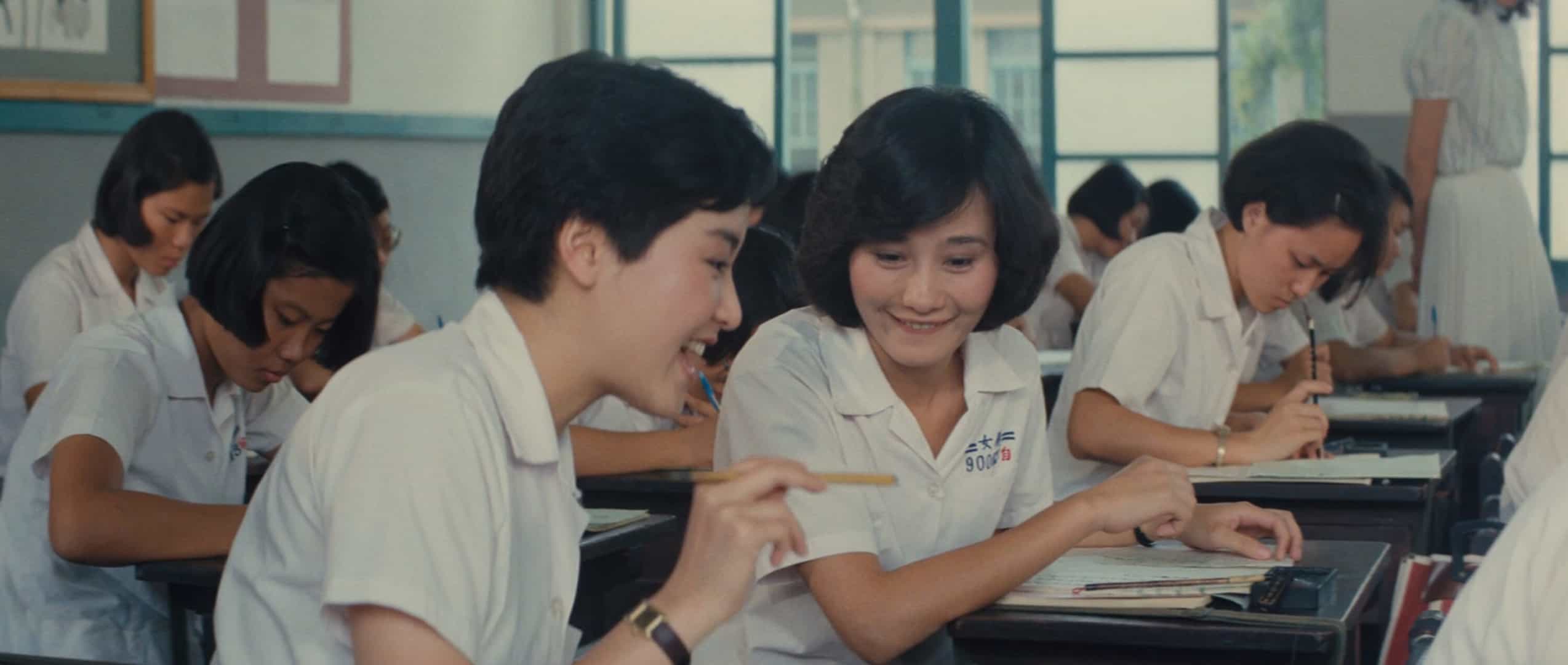When I was reading the excellent “The Aesthetics of Shadow” by Daisuke Miyao, I noticed that the author repeatedly mentioned Junichiro Tanizaki's 1933 essay “In Praise of Shadows”, as one of the sources he drew from in order to analyze lighting in Japanese cinema, and particularly the use of shadows. As such, and in great surprise, I was really glad to receive the particular book as a gift, just a few days after I had finished Miyao's (cheers to Donna).
The essay consists of 16 sections that revolve around three main themes, the difference between Eastern and Western aesthetics, tradition and modernity, and Tanizaki's personal opinions on Japanese aesthetics, including how he has implemented them in his own life, and particularly the construction of his house. In that fashion, and quite interestingly, he pits the Japanese focus on shadows and the beauty of the patina of age against the Western obsession with bright lights and cleanliness, which for him is essentially vulgar, stripping spaces and objects of their subtlety and uniqueness. In architecture, he contrasts how the Japanese style, which again cherishes shadows, aims at privacy and intimacy, through low lighting, sliding doors, low ceilings and the overall direction of the constructions, with the Western fixation with open spaces, high ceilings and intense lighting. The latter way, for him, strips the buildings from warmth as much as privacy and intimacy. The same antitheses are presented in ceramics, with him praising the use of lacquer in accentuating the beauty of shadows in contrast to the Western passion for shininess, while similar comments extend to painting, calligraphy, theater, where No is juxtaposed with Kabuki, paper, even food.
For him, traditional Japanese values are the apogee of aesthetics, as he tried to implement them in all aspects of his life. However, it is intriguing at the same time, that he does realize that his are ways that are past gone, and that new technologies, particularly electricity, changed things forever. The patents he used in his house to retain the former aesthetics but frequently found himself unable to do so, highlight this aspect quite eloquently. The same applies to his aversion for modern restaurants, renovated hotels, and urban planning, that, for him, all result in the stripping of the beauty of the aforementioned traditional concepts.
One could say that the whole thing is essentially the whining of an old man who cannot keep up with the times, but the fact that Tanizaki spends a whole part admitting the fact, tones down this sense, while adding an element of self-deprecating humor to the book. The same applies to a comment regarding how the rapid progression of technology has essentially led to older people not being able to adapt at all after a point, in a rather pertinent point that echoes quite intensely even today. Lastly, also of note is his comment about the amount of electricity Japan consumed, which he places on the top of the world, an opinion that would be interesting to check if it is correct.
Tanizaki is one of the definite authors of all time, and his prowess in writing is evident throughout the book, which is both lyrical and poetic, despite the fact that a large part of it could be perceived as repetitive, and it deals with things that can only be described as mundane. The chapter about toilettes for example, could easily become crude and absurd in the hands of any other author, but in Tanizaki's eloquence, the whole thing emerges as vivid and evocative.
Tanizaki's writing is lyrical and poetic, painting vivid and evocative pictures of Japanese architecture, art, and culture. He writes with a sense of nostalgia for a bygone era, where the beauty of shadows and the patina of age were celebrated, rather than hidden away. Tanizaki argues that the Western obsession with bright light and cleanliness has led to a loss of appreciation for subtlety, texture, and nuance.
“In Praise of Shadows” is a fascinating and distinctive read that delves into the Japanese mindset and cultural traditions regarding aesthetics, design, beauty, and overall culture, highlighting the stark contrast with Western equivalents.

















